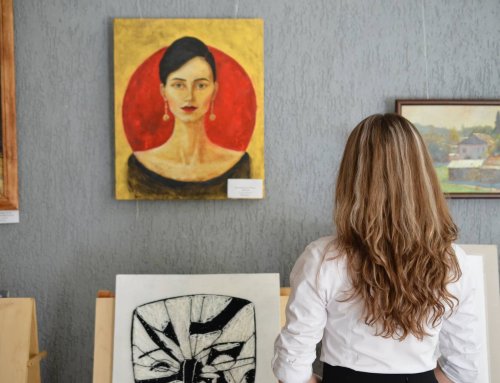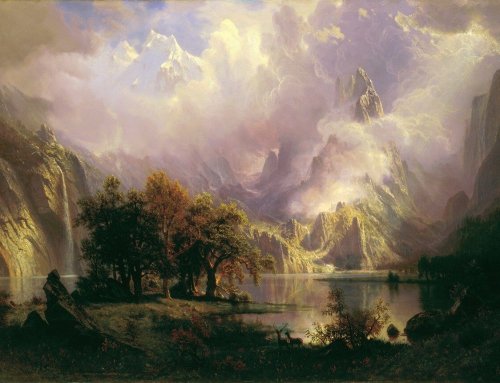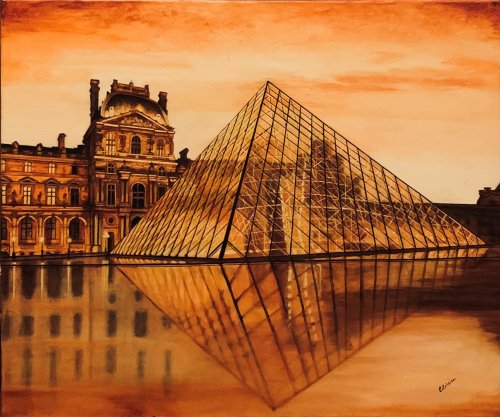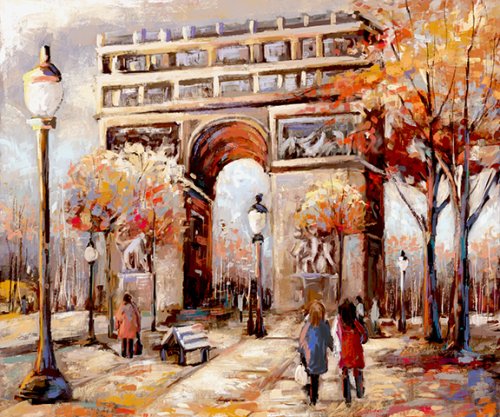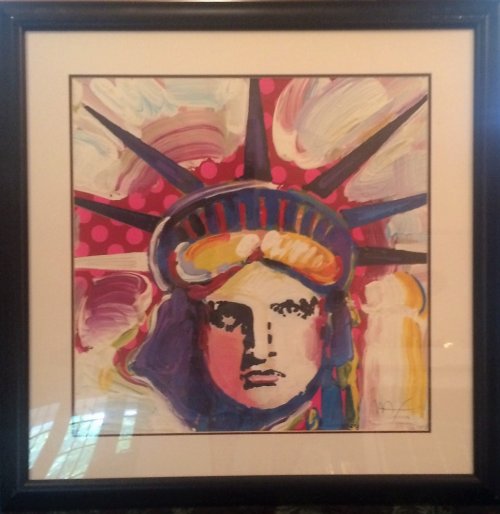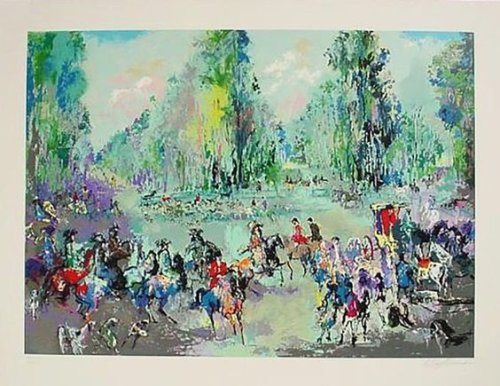Throughout its long history, Christian iconography consisted of beautiful paintings depicting stories from the scriptures and a significant part of church art. Early Christian art also contains a deep respect for history and the glory of the eras that they represent.
There is a current renaissance and resurgence of interest in collecting original Christian art–both Protestant art and Catholic art–specifically of paintings and portrayals of the Virgin Mary, Jesus Christ, the apostles and the saints.
In this post, we will be taking a look at the origins of Christian Art and some of its various purposes. Going beyond spiritual and religious purposes, we will also examine Christian art from a secular and practical perspective, as it has become a popular form of investment.
The Origins of Christian Art
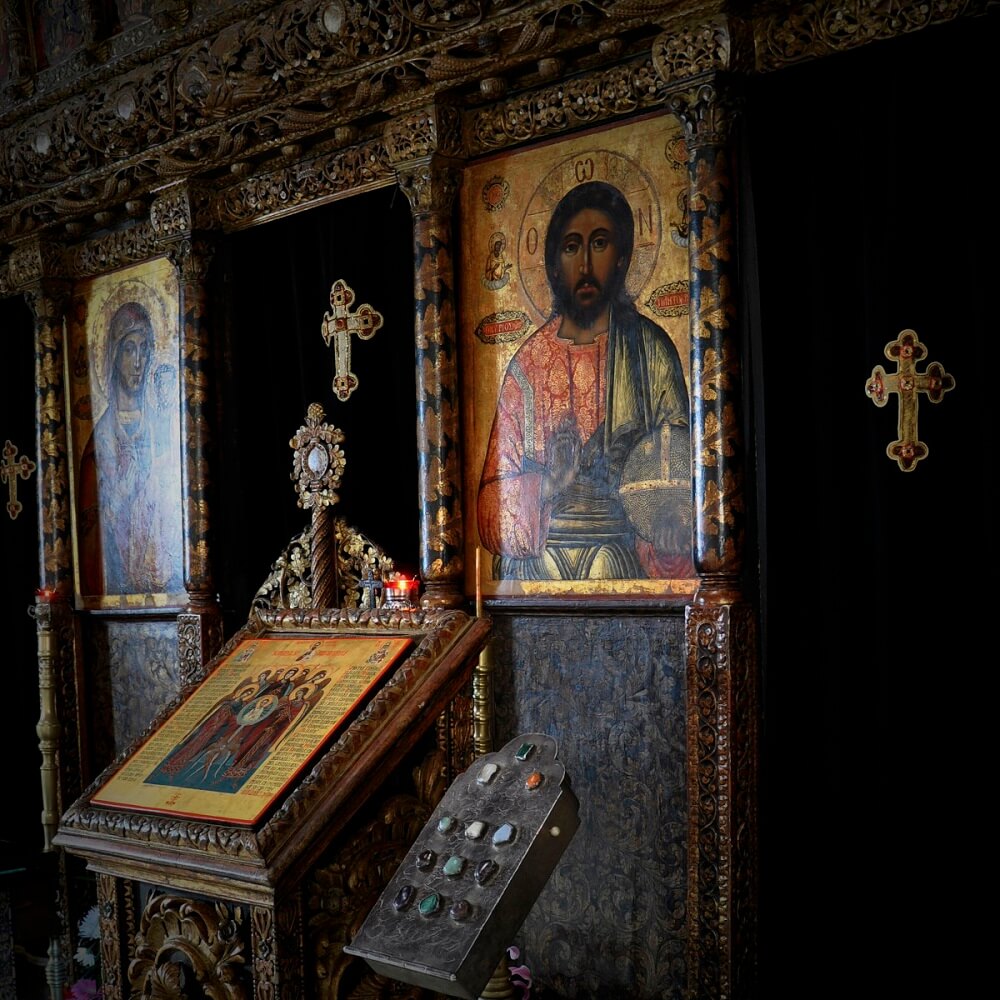
The initial intention for religious art and motifs was designed to assist in the development and growth of faith for Christians. Senses play a role in the appreciation of religion–the ears respond to gospel music and praise, the tongue is used to take communion and sing and the eyes are engaged through the viewing of Christian iconic paintings. The belief is that the depth of one’s faith can be enhanced as more senses are engaged.
Where and When did Christian Art Come to be?
Christian art grew in circulation around the end of the second century. The early Christian paintings were depictions of resurrection and death inspired by the parables from the Old Testament. As Christian art started to adorn Catholic Church walls, there came about large colourful art that communicated stories about Jesus and parables from the New Testament.
Cathedrals in Catholic countries around the world feature stunning wall paintings, as well as beautifully decorated ceilings and altars. The Italian genius artist Michelangelo painted ethereal art on the Sistine Chapel in the 1500s, and all can agree it is still considered very moving and inspiring.
Beyond the church walls, visual art, such as narrative scenes of Christian scripture, are seen in many devout households around the world and form part of the ritual of worship. Some of the prominent early Christian art is iconic and studied by art students all over the world, such as Michelangelo and Leonardo Da Vinci.
The Intersection of Art & God
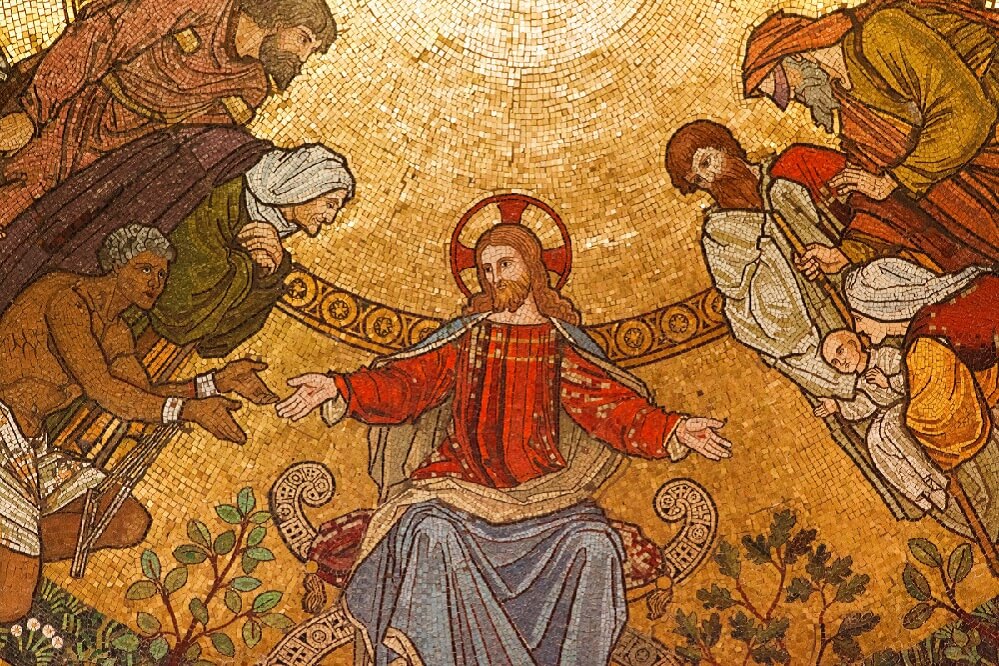
How do art and God come together? Throughout the Middle Ages and all the way into the early modern era, Christian arts–including music and paintings were a major influence on how people worshiped and practiced religion.
In many ways, the architecture of religious buildings, such as cathedrals and churches, is also an art form that is connected to devotion. Centuries of sacred art allow for traditions to continue and to be passed onto future generations.
The Purpose of Religious Art
Religious art is artistic imagery depicting scripture and parables intended to uplift the mind and spirit of the practitioner. The purpose of a Christian art painting and the images contained within it allows for a focal point on a personal altar. Overall, one feels a sense of awe and a connection to the Creator when they view and experience religious art. The colours used in these paintings are often deep gold, bronze, red, and orange, and they tell of a rich history of devotion and glory.
Some say that religious art is to help educate the viewer on the subject of the glories of Christ and prior to that time period, it was used to illustrate stories from the Old Testament.
Works from great masters are collected by all the major galleries and museums around the world. They represent some of the most prestigious art ever made. Their angelic and otherworldly quality are also examples of how beautiful art comes from the spirit.
Christian art falls into several different categories: Sacred, Devotional, and Biblical.
Sacred Art
Sacred art is intended to inspire and help the viewer get to a prayerful state. In general, it depicts iconic symbols, themes, and imagery, such as the cross, angels, and saints.
Devotional Art
Devotional art invokes feelings of love and compassion. Images of the crucifixion of Jesus, and famous paintings, such as Da Vinci’s The Last Supper, The Tears of Saint Peter by El Greco are examples of devotional art.
Biblical Art
Biblical art involves depictions of parables from the Old and New Testaments. Common examples include Moses and the Red Sea, Moses and the 10 commandments, Christ on the cross and Mother Mary with Baby Jesus.
The Future of Religious Art
Future generations may not collect religious art as previous generations did – as a way of reflecting their passion for Christ, they will still be interested in this art for the study of how the great art Masters had used their imagination and talents to such an exemplary level.
Present day contemporary artists have departed from a realistic perspective to create original paintings that are abstractions of Christian art and iconography. Abstract renditions of the Resurrection, the Virgin Mary, Jesus on the cross and other stories depicting Christianity from the Bible have become much more popular in recent years.
Newport Brushstrokes Fine Art – Your Source for Iconic Christian Art and Much More
Both the traditional and modern styles of Christian art aim towards a similar goal–to elicit a religious sentiment in the viewer. Modern day collectors that prefer secular works still desire to feel a sense of awe when looking at an abstract but ethereal painting.
Whether you are an established art collector or just starting to build your art collection, a beautiful, elegant and rewarding investment is only a few clicks away. Newport Brushstrokes Fine Art offers original artwork and reproductions of famous paintings by traditional and contemporary artists. The “WHAT” World Heritage Art Treasury features high-quality, oil-on-canvas reproductions of iconic Christian art images, as well as some of the most well-known, and well-loved, works of art in Western culture.
If you want to learn more or have questions, don’t hesitate to contact us today.


